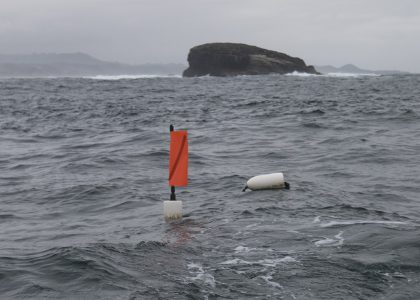
SMURFing Week 15: The Sultan of SMURF
Catch up on this week’s SMURFing action and learn about one of the most popular SMURF residents! Read More

Catch up on this week’s SMURFing action and learn about one of the most popular SMURF residents! Read More

How can it be that some SMURF trips bring in hundreds of fish and some bring in just a few? It isn’t just random, find out the answers here! Read More
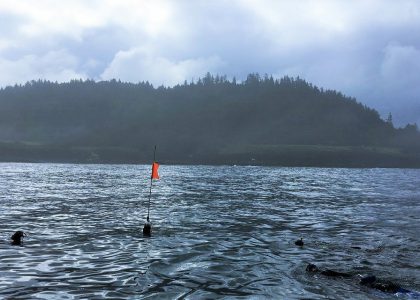
Week 12 was certainly eventful for the SMURF team! Get filled in on the latest SMURF news and learn why SMURFing in the Reserves matters. Read More
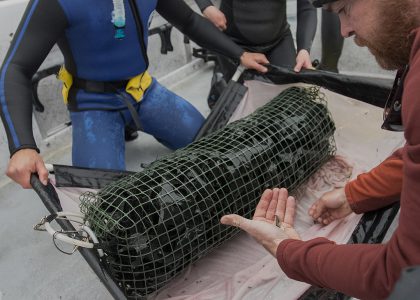
SMURFing is back for summer 2017, to collect information on juvenile fishes. Check out these highlights from our sampling thus far this season. Read More
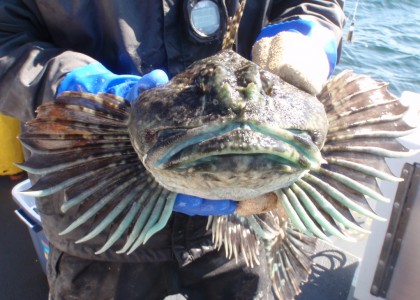
Meet the cabezon, a large, goth-looking sculpin whose genus name literally translates to “scorpion fish” and means “large head” in Spanish. This species was the ‘catch du jour’ during our last research trip at Cape Falcon Marine Reserve. Read More
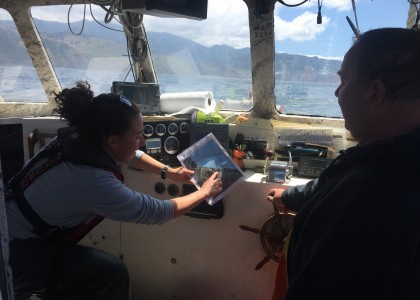
With the 2017 field season approaching, the Oregon Department of Fish and Wildlife Marine Reserves Program has two Request for Proposals (RFPs) available for vessel contracts to help with this year’s hook and line surveys. Read More
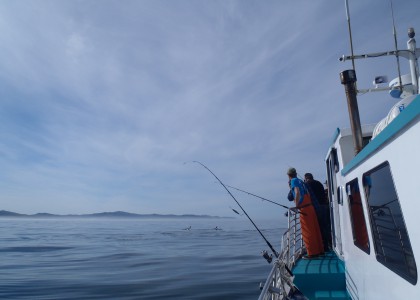
Our 2016 hook-and-line surveys were a great success with data collected from 2,855 fish during 18 trips in the spring and fall of 2016. Check out our 2016 Fish On! Hook-and-Line Newsletter for more information about the species caught in this year’s surveys, plus our comparison of two different gear types that produced very different results. Read More

Jeff Miles has seen a lot in his 40 years as an Oregon commercial fisherman. Learn about the collaborative research he’s involved in. Read More
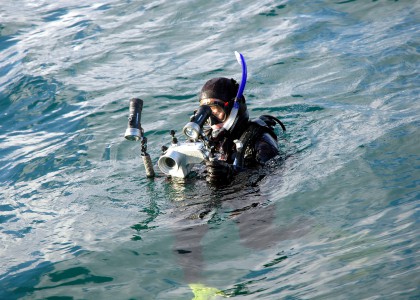
Snagging spectacular videos of something on land isn’t hard – these days most cell phones can do it – but getting great underwater shots is a bit more complicated. Video provides a window into the marine environment. Check out underwater videos and photos collected from ODFW biologists and learn how and why we’re using video in our research and monitoring. Read More
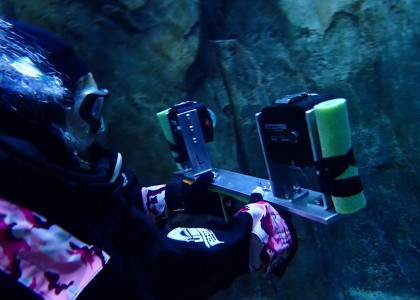
Measuring a fish via video isn’t some bizarre concept dreamt up by Silicon Valley computer whizzes. This technique has been used in Oregon by ODFW researchers for the last two decades. But why do researchers want to measure the sizes of fish and how might two video cameras help? Read More